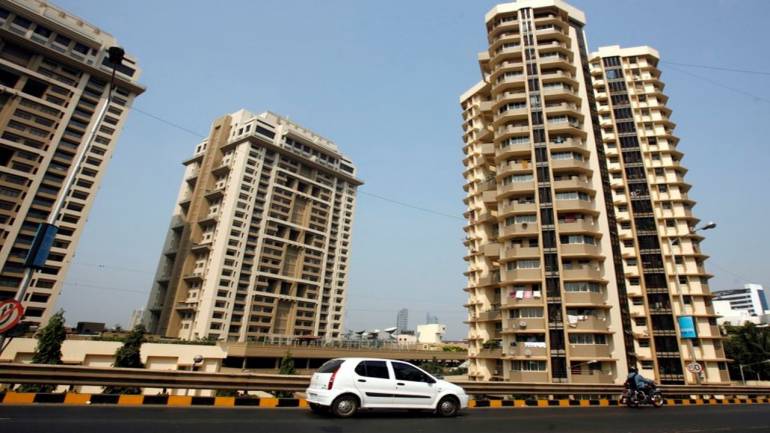New Delhi: Housing prices have started to firm up after a two-year COVID lull and unsold inventories have declined on rise in demand, the Economic Survey said Tuesday, as it anticipated a decline in prices on the back of a cut in import duties on many construction materials.
India’s residential market has witnessed recovery this fiscal on pent-up demand with increase in housing sales despite impediments like rising interest rates on home loans and appreciation in property prices, said the Survey which was tabled in Parliament.
The release of “pent-up demand” was reflected in the housing market, as demand for housing loans picked up, the Survey noted.
“Consequently, housing inventories have declined, prices are firming up, and construction of new dwellings is picking up pace and this has stimulated innumerable backward and forward linkages that the construction sector is known to carry,” the document said.
Housing prices have risen due to an increase in the construction cost amid Russia-Ukraine war that hit global supply chain, the survey said.
The Russia-Ukraine conflict affected the supply chain, resulting in price escalations of key building materials like steel, thereby increasing the overall construction cost and resulting in a rise in housing prices, it added.
The Wholesale Price Index for cement, lime and plaster has increased from 127.1 in December 2021 to 137.6 during December 2022, indicating an uptick in the input cost for construction.
“Going forward, the recent government measures, such as the reduction in import duties on steel products, iron ore, and steel intermediaries, will cool off the construction cost and help to check the rise in housing prices,” said the report.
The Survey document noted that vaccinations have facilitated the return of migrant workers to cities to work in construction sites as the rebound in consumption spilled over into the housing market. This is evident in the housing market witnessing a significant decline in inventory overhang.
Quoting housing brokerage PropTiger data, the survey said the inventory overhang — which refers to the estimated time period developers are likely to take to sell off the unsold inventory, based on the current sales velocity — fell to 33 months in the third quarter of FY’23 from 42 months last year.
The universalisation of vaccination coverage has a significant role in lifting the housing market as, in its absence, the migrant workforce could not have returned to construct new dwellings.
Apart from housing, construction activity, in general, has significantly risen in FY23 as the much-enlarged capital budget (capex) of the central government and its public sector enterprises is rapidly being deployed.
Elaborating on the state of the realty sector, the Survey said “the Real Estate sector has witnessed resilient growth in the current year, with housing sales and the launch of new houses surpassing in Q2 of FY23 the pre-pandemic level of Q2 of FY20.”
It pointed out that the onset of the COVID pandemic accentuated a slowdown in every economic space, and the real estate sector was no different.
Project delays, deferment of big-ticket purchases, stagnation of property prices, and scarce funding for developers induced slackening of demand, the survey said, adding that the situation was further aggravated by the associated lockdown and migration of workforce involved in the sector to their natives.
The work-from-home model had an impact on the demand for office space requirements by the corporates.
“The Pandemic, however, brought about a change in individual home buyers’ sentiment in favour of owning a house. With the easing of curbs, there was an increase in interest in the residential housing sector and more so in the readily available and affordable segment.
“The hybrid work mode with the privileges of working from anywhere encouraged first-time home buyers to move away from the conventional metros, and this brought about a pent-up demand in the residential real estate markets of Tier II and III cities,” the survey said.
Improvement in affordability in response to measures taken by the government during the pandemic, such as lower interest rates, reduction in circle rates, and cut in stamp duties on transaction of sale/purchase of immovable property and the extension of the Real Estate Regulation Act (RERA) also played a significant role in post-pandemic rebound of the realty sector.
Notwithstanding the current impediments, such as rising interest rates on home loans and an increase in property prices, the realty sector has witnessed resilient growth in the current year, it pointed out.
Housing sales and the launch of new houses in Q2 of FY23 surpassed the pre-pandemic level of Q2 of FY20. The unsold inventory stood at 8.5 lakh at the end of 2022 with 80 per cent of the stocks under various stages of construction.
“This comes on the back of sustained sales momentum as the sector steadily recovers from the impact of the pandemic,” the survey said.
PTI
